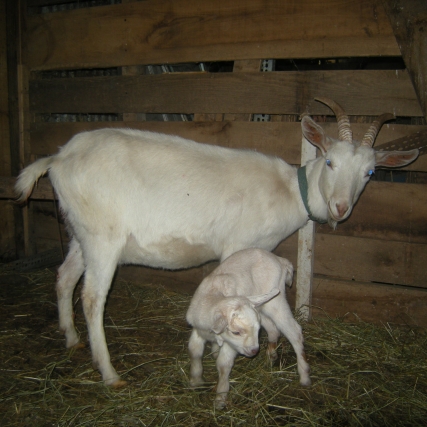
This mama gave us a doeling. She has wattles and is white with a light brown background.
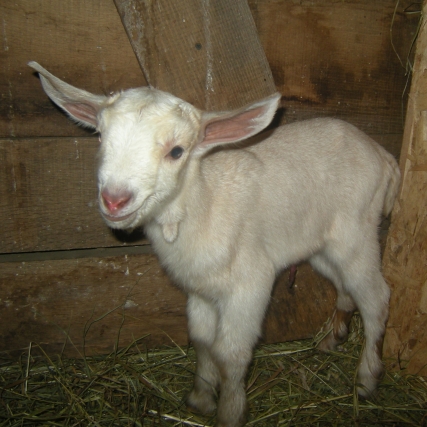
Mama and baby are doing well!

Local, Natural, Non-GMO

This mama gave us a doeling. She has wattles and is white with a light brown background.

Mama and baby are doing well!
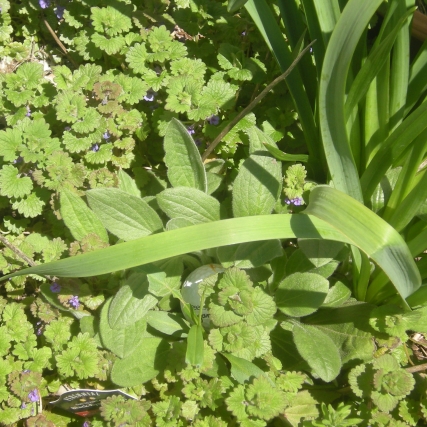
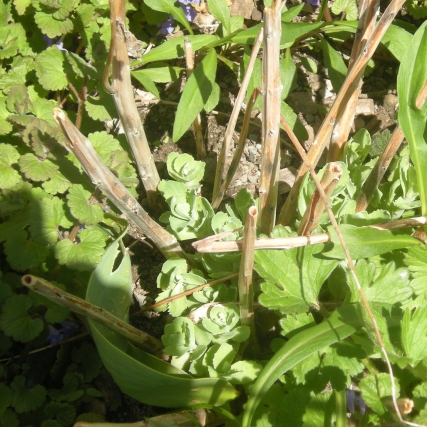
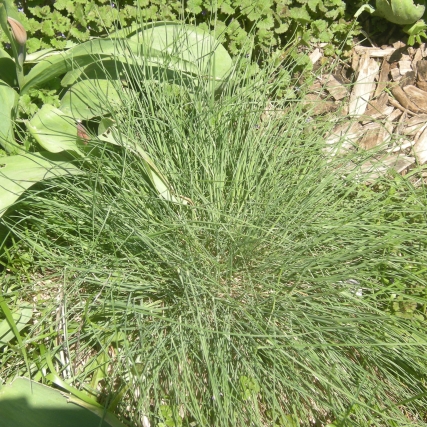
One of my little projects is adding perennials to my flower bed, specifically perennials that have a name similar to children. So far we have Black-eyed Susans, Sedum Autumn Joy, Elijah Fescue, Timothy grass, and Joe Pye-weed. Something to tend, something to smile at, something to enjoy.
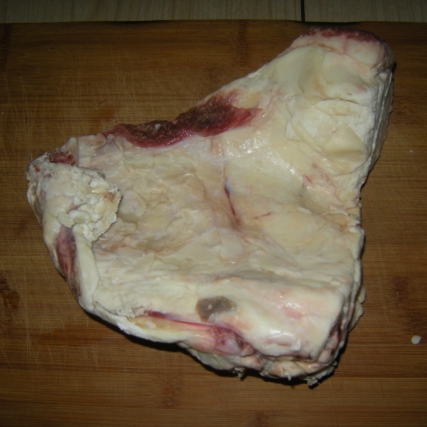
Recently I processed some beef suet to make a useable fat. I took this chunk of fat, …
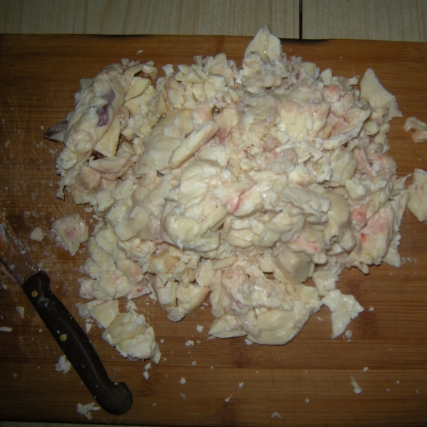
…let it thaw for about an hour, then chunked it up into small pieces. I did this with 2 pieces of fat…
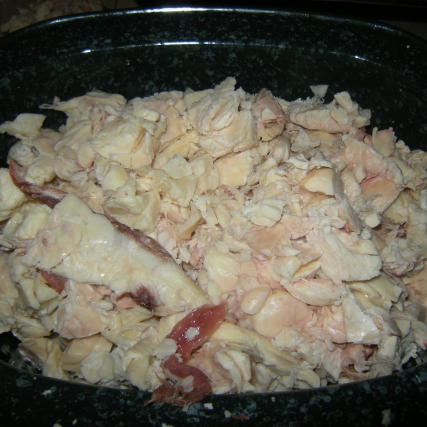
…filling my 5-6 qt. crockpot about 3/4 full. I put a little bit of water in the bottom, covered it and set it to high heat for 2 hours. Once it was bubbling, I turned it to low and let it cook for 18 hours, stirring occasionally.
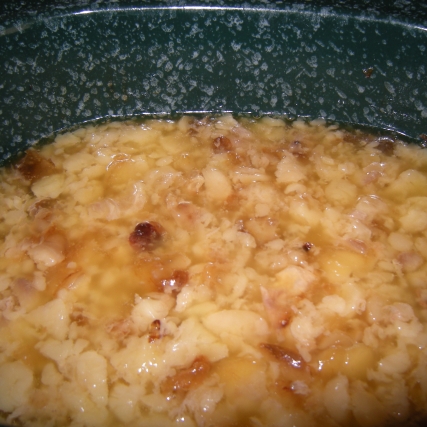
After 12-18 hours it cooked down. I turned it off and let it cool for about 30 minutes. Then I put a metal colander in a big bowl…
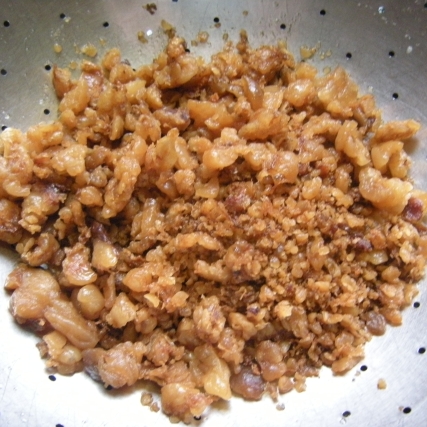
…and poured it all in, separating the cracklings…
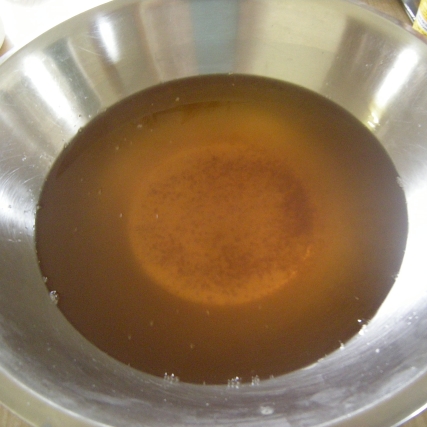
…from the fat.
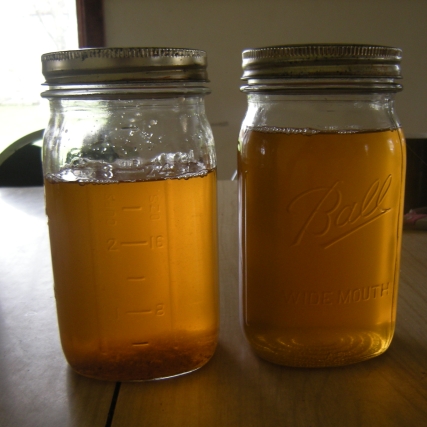
I carefully poured the hot fat into jars, put a lid on the jar, tightening it down, and let it cool.
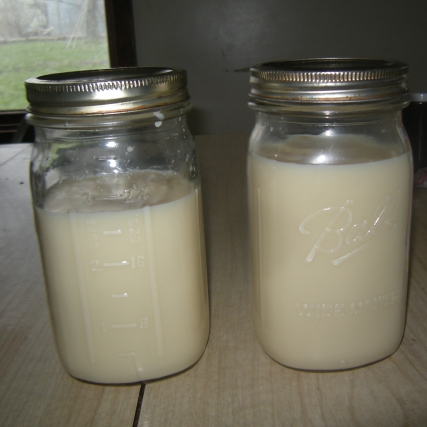
Once the fat cooled, I took the rings off and stored it in the pantry.
After the cracklings cooled, we nibbled at them. I set them aside in a separate container that we could nibble from.
Notes: This is a very hot fat. BE CAREFUL!
Everything ends up with a layer of fat – the crockpot, the colander, the bowl, the spoons. To save the sink and pipes, wipe all the items off with a paper towel while still warm and throw the paper towels away. Otherwise you could end up with a clogged drain from the congealed fat.
Uses – you can use this in a fry pan OR to saute veggies, eggs, or meat OR to deep fry food. It is a fat that can be used in place of other fats. Suet will have a beefy taste. Lard will have a pork flavor.
The process would be similar for rendering lard. The unrendered pork lard bags are larger and so will probably result in more jars of fat.
This can be done in the oven on low heat. Put in a pan, cover, bake at 350 for 30 min to get it boiling, then reduce heat to 225-250, cooking for 12 hours, stirring occasionally.
Again, this is very hot. BE CAREFUL!
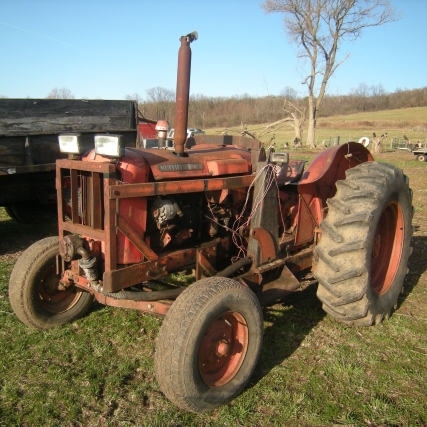
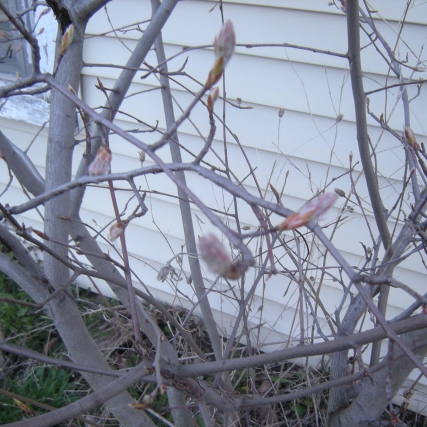




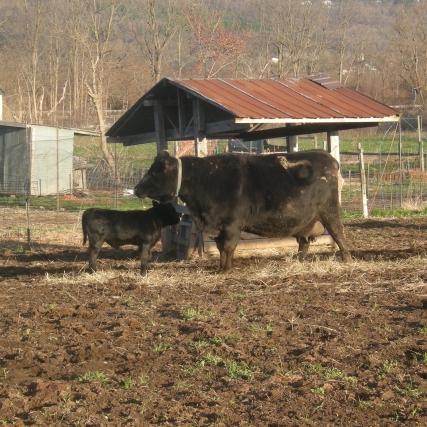
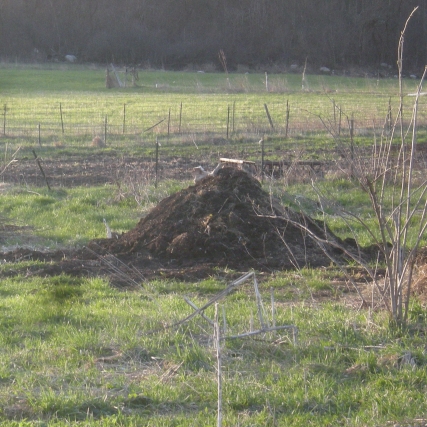
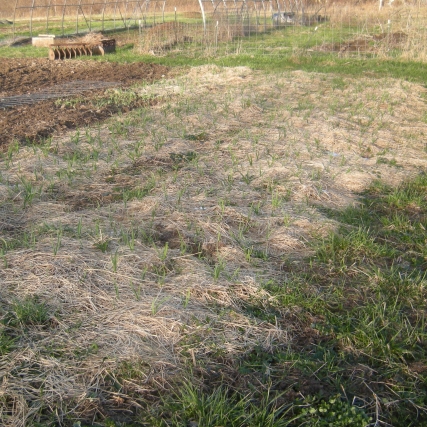
Here is a recipe from The Grassfed Gourmet Cookbook by Shannon Hayes with my adaptations.
Here is the basic Jamaican goat curry recipe that I like to use. It was given to me by a dear Haitian friend. In discussing goat curries he told me that a Haitian curry would tend to have tomato paste and probably straight curry powder as part of the rue (sauce). A Jamaican curry tends to have allspice mixed with the curry powder. I have adapted this to satisfy my family’s mouths (mild) and tummies (a bit more veggies).
Here is a link to another recipe to give a more Jamaican version. I would recommend reading this recipe as it has helpful instructions. Enjoy!
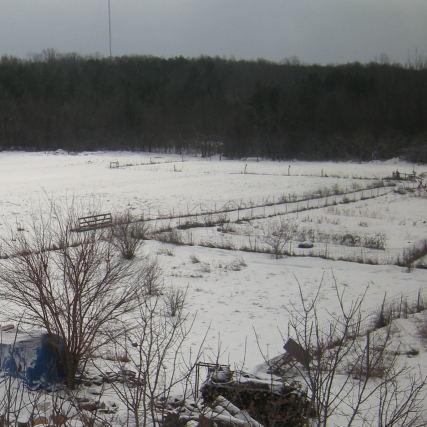
All of life has its ebb and flow. In CNY, winter is less soil intensive, just because things don’t grow in the winter without a cover. That makes it a good time to evaluate the previous season and plan for the coming one.
The Garden Guys – this year Tim and Caleb, assisted at times by the young crew – have thought about things and planned what they want to grow. Next they looked through their seeds to see what they have – mainly squash and pumpkins – and to see what they need to order. They place the order typically with Fedco Seeds, Maine Potato Lady, and Johnny’s Seeds. Finally the seeds arrive!
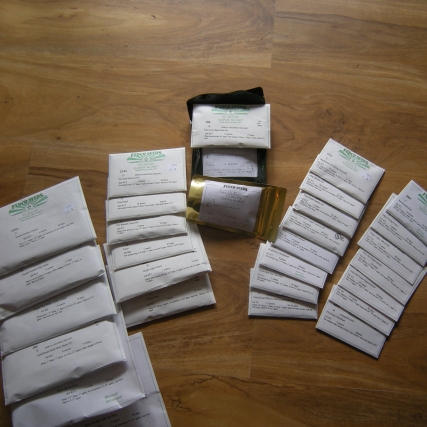
| Then we wait for the ground and air to warm so we can plant! |
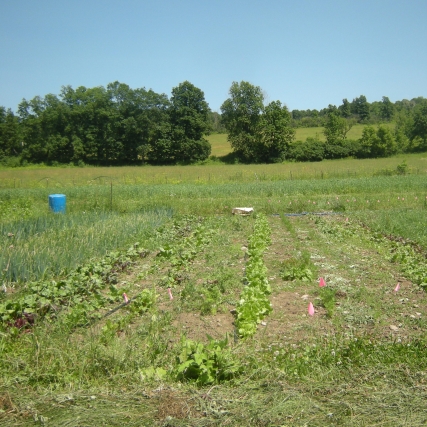
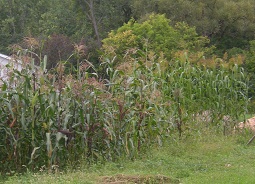
Over the years we have grown a flint corn. [The corn is to the left. The broom corn is to the right. Sweet corn is what you eat as corn-on-the-cob. Flint corn is what you grind to make cornmeal.]This year we are using it for ourselves as cornmeal. Here is the process:
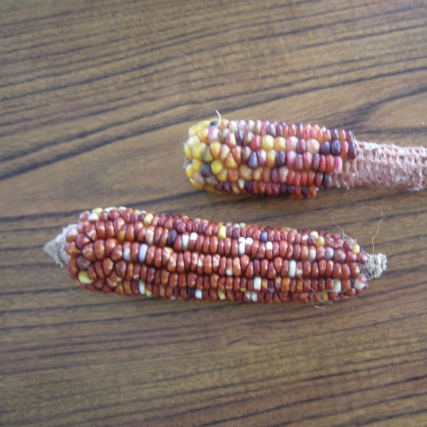
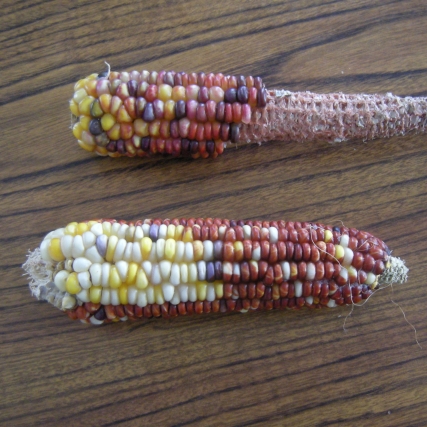
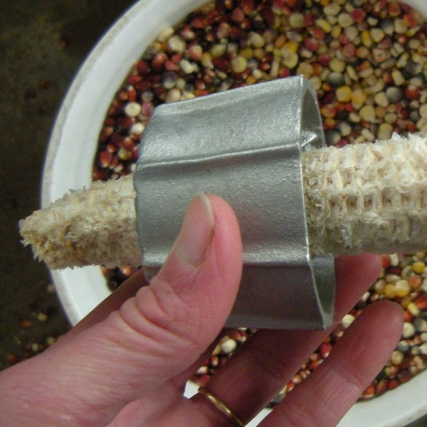
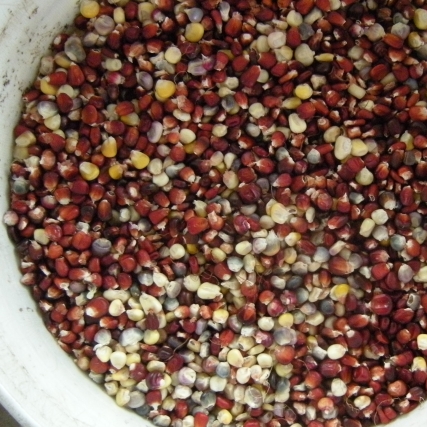
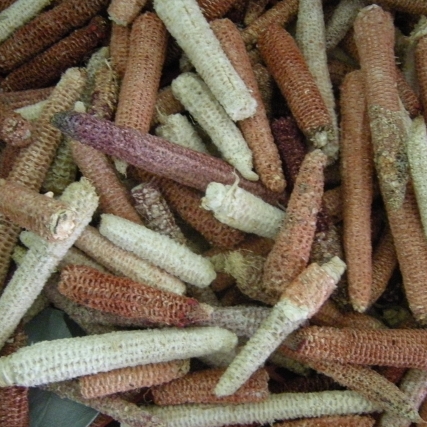
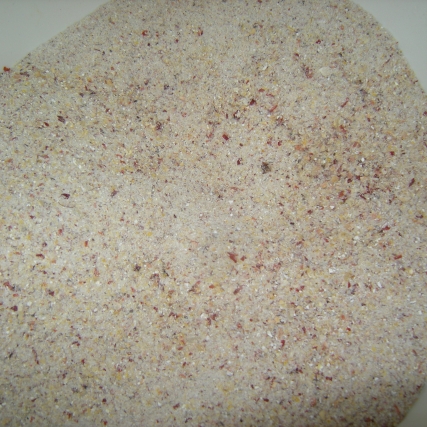
We have used the cornmeal several ways this year – as polenta, as cornmeal mush, and as cornbread. Polenta and cornmeal mush are just cornmeal mixed with a liquid and cooked on the stovetop until the liquid is absorbed. Polenta is good made with milk or broth. Mush tends to be made with water and served as a breakfast dish.
Here are the recipes for polenta and cornmeal mush and for 2 kinds of cornbread. Enjoy!
We have recently been using cornmeal. Here are 2 cornbread recipes that we have used over the years.
Based on my observations and looking at the recipes, it seems that Polenta and Cornmeal Mush are very similar. Both use some cornmeal – 1 part to some form of liquid – 2-4 parts. They are stirred or whisked on the stovetop over heat until the liquid is absorbed. The main difference seems to be in how they are served. Polenta tends to be used as the starch with a main dish, similar to how rice would be used. It tends to be made with milk or broth. It goes under things. Cornmeal Mush tends to be the main dish for a breakfast and would be served with syrup, molasses or honey. It tends to be made with water. So here is the combined recipe: